Bees are at risk. That’s nothing most nature lovers haven’t heard before. However, it is a misconception to believe pest control requires damaging the fragile ecosystem of the bee. Nevertheless, it is also important to recognize just how damaging pesticides are to bees themselves. Finding a balance in managing pests and protecting (as well as encouraging) bees to flourish can be complex.
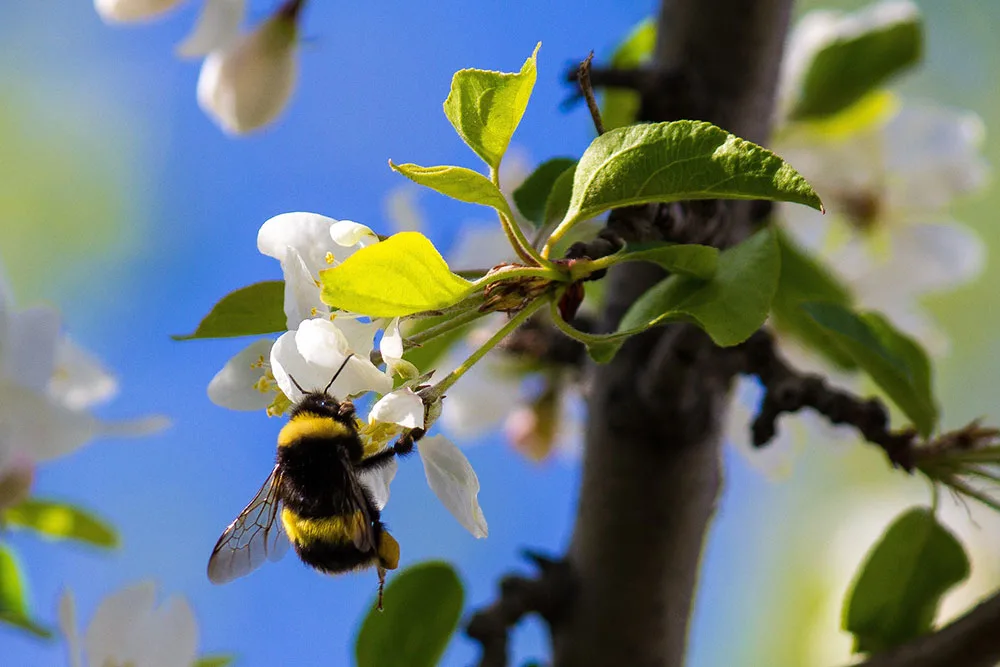
Why Bees Are Critically Important
Pollinators of all types help to ensure food is readily available to humans. Bees and other pollinators work to provide the pollination that crops, fruit trees, and other plants require. Without this, there simply is no way for food to grow.
Pollinators, which include wild bees, bats, birds, wasps, and butterflies, move from one plant to the next. The U.S. Environmental Protection Agency provides more insight into their importance but what is critical for individuals to recognize is that:
- We need a strong, healthy population of bees and other pollinators to help plants grow food.
- These pollinators are currently at risk and populations of them are declining.
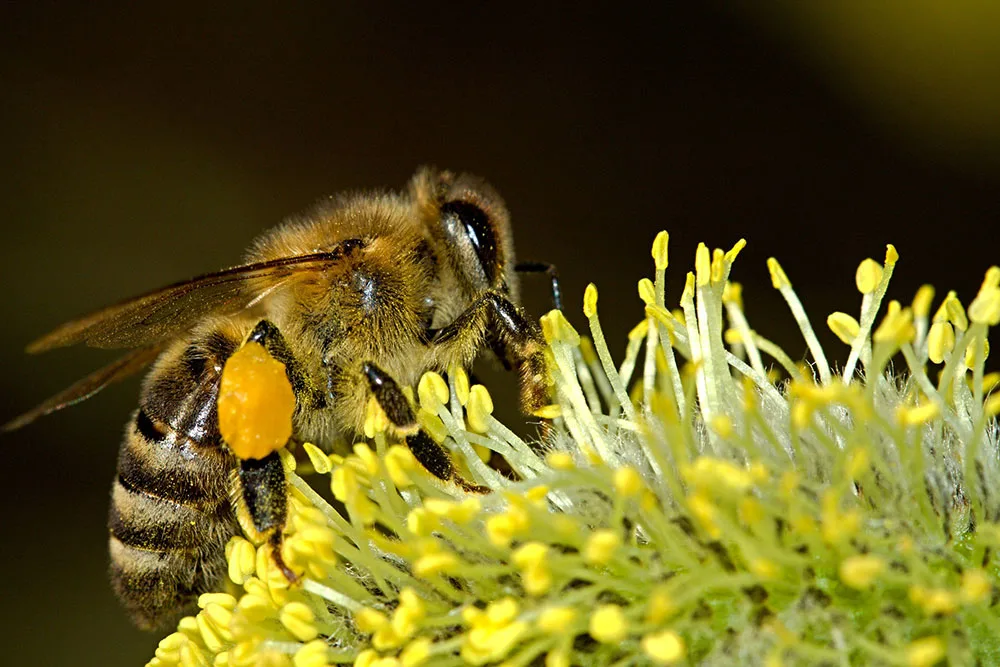
What Factors Impact Bee Health?
The number of pollinators present in North America has been trending downward. In a report from the National Research Council called the Status of Pollinators in North America, we learn the honey bee, in particular, is at an increased risk. The report also looked into the causes of these declines. It found several key things were occurring, creating a high-risk scenario for pollinators of all types:
- Viruses, pests such as mites, and pathogens including bacterial diseases, were a key culprit to the decline.
- A lack of foraging habitat and a higher need to rely on supplemental diets, such as disposed of human food, also contribute.
- Genetic diversity is limited – ensuring it is quite difficult for bees to overcome these challenges.
- Pesticide exposure is creating a harmful world surrounding those delicate bees.
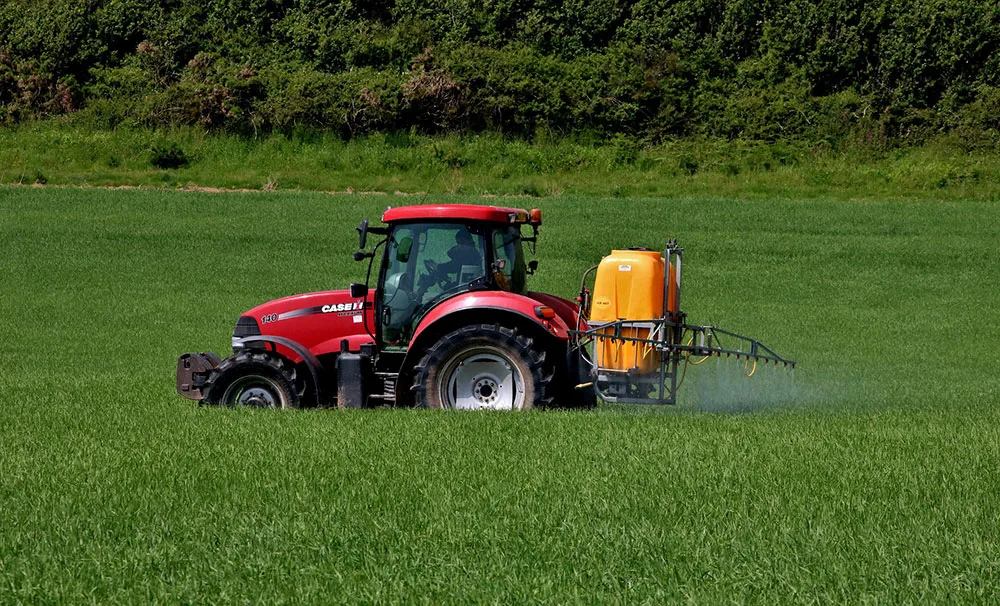
Why Pesticides Are Hurting Bees and Pollinators
In 2006, many beekeepers began reporting an unexpected and worrisome trend. Their bee colonies were failing. Many reported high losses of bees, with as much as 30 to 90 percent of beekeeper hives failing. And, of those that failed, about half showed symptoms of a condition called colony collapse disorder. When this occurs, the worker bees – which do most of the work to keep the hive operational – died. And what was even more puzzling is that the remaining queen and young brood had ample access to honey and to pollen reserves. But, without worker bees, the hive cannot maintain itself, and they fail.
Researchers found a key reason for this was pesticides. Farmers and others were using pesticides to protect their crops, often spraying with huge amounts of pesticides to keep them protected from damaging pests. This, along with other concerns, created a high risk to the bees, leading to their death.
Knowing the problem is, in part, pesticides, a significant amount of action has been taken to help protect pollinators from risks. Leading the way is the U.S. Department of Agriculture, which published the Colony Collapse Disorder Action Plan for farmers to use to improve bee populations – and minimize their death from known causes.
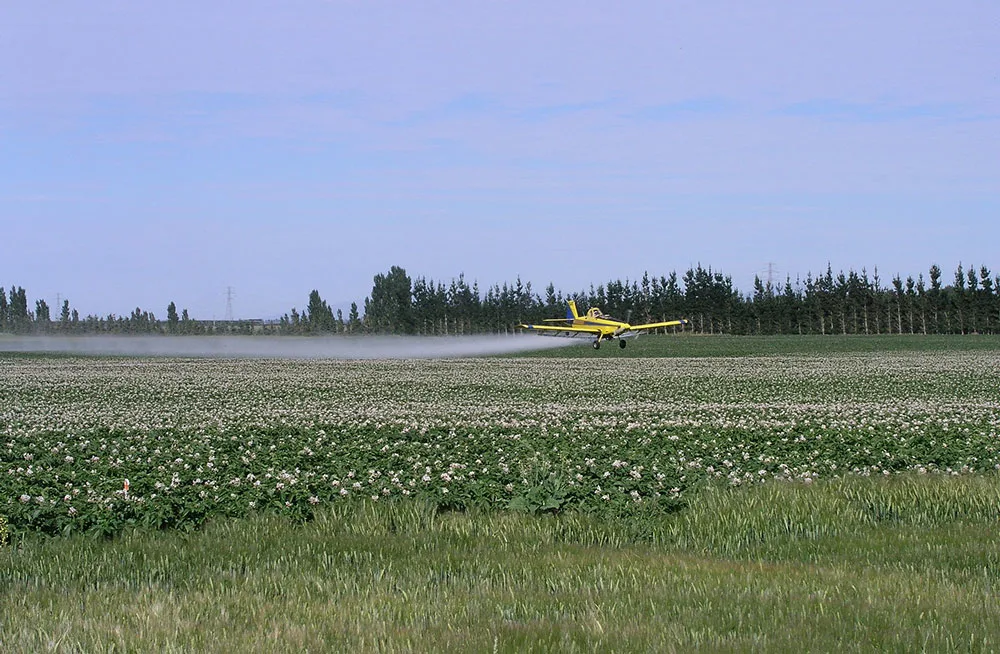
What Can Be Done to Protect Bees?
What steps can be taken to protect pollinators? There’s much that must be done to protect bee colonies, and the good news is that, with a combined and consistent effort, it is possible. Some key steps to take to protect bees include the following, according to Richland Pest & Bee Control.
#1: Pesticide Selection Is Critical
When selecting a pesticide – whether for flowers, home gardens, or large crops – use those specifically designed to protect bees. Choose pesticides based on the types of plants you want to protect, but avoid harsh chemicals designed specifically to eliminate bees. There are two critical factors to look for:
- The pesticide must have a low toxicity rating.
- It has to have a little-to-no residual toxicity level.
#2: Read Labels Carefully
The OECD provides recommendations for using pesticides as well. Specifically, this website works to centralize all information about pesticide risks. A key part of it is labeling. Proper labeling of pesticides to ensure the user knows exactly what the immediate and long-term risks are is critical. The EPA has new labeling guidelines for specifically harmful pesticides, such as neonicotinoids, which should not be used where bees are present.
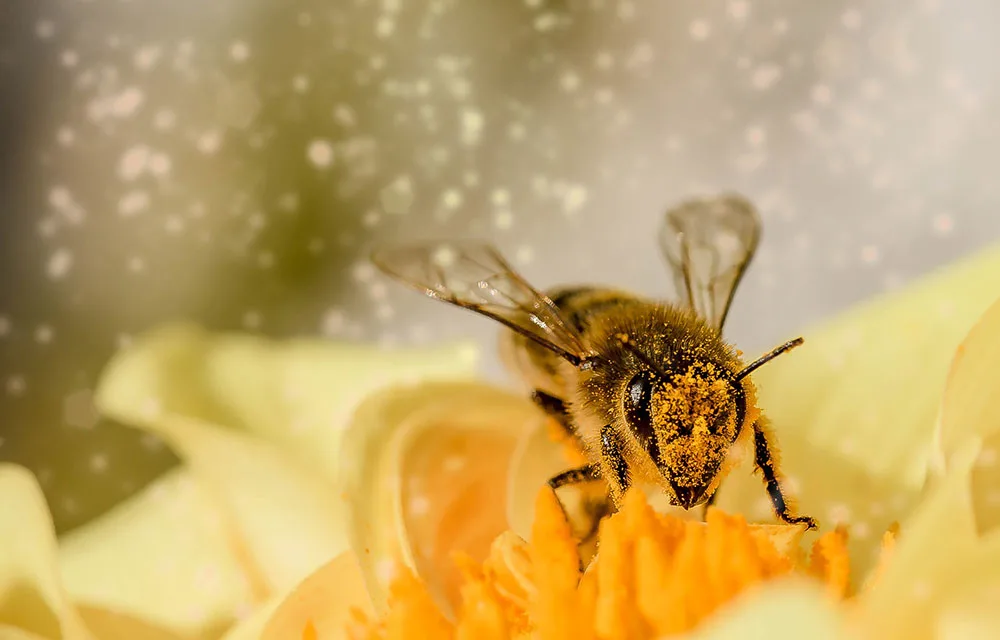
#3: Ensure Treatment of Areas Is Done at the Right Time
Another tool for prevention is application timing. Research from Oregon State shows that applying pesticides can be safer when bees are not as active. This can be one way to protect pollinators because it allows for the use of pesticides safely. Ideally, the pesticides should be used one hour before the sun rises and at least one hour after it sets.
#4: Select a Pest Control Company Dedicated to Protecting Pollinators
Perhaps most importantly, consumers should select a pest control company – when using one – capable of recognizing the importance of bees and pollinators and who will take dedicated steps to protect them.
When choosing a provider, look for those who use safe but effective methods and who are both licensed and certified. It is also essential to choose a provider who is environmentally conscious, suggests the extermination experts at Richland. Not all pesticide companies view bees as a threat and many have the tools and resources to protect all pollinators while also ensuring safe communities for families.
Individuals must be focused on using safe pesticides and, when possible, avoiding disturbing colonies to ensure they continue to flourish. This will, by far, provide the highest level of protection for bees going forward.
***
